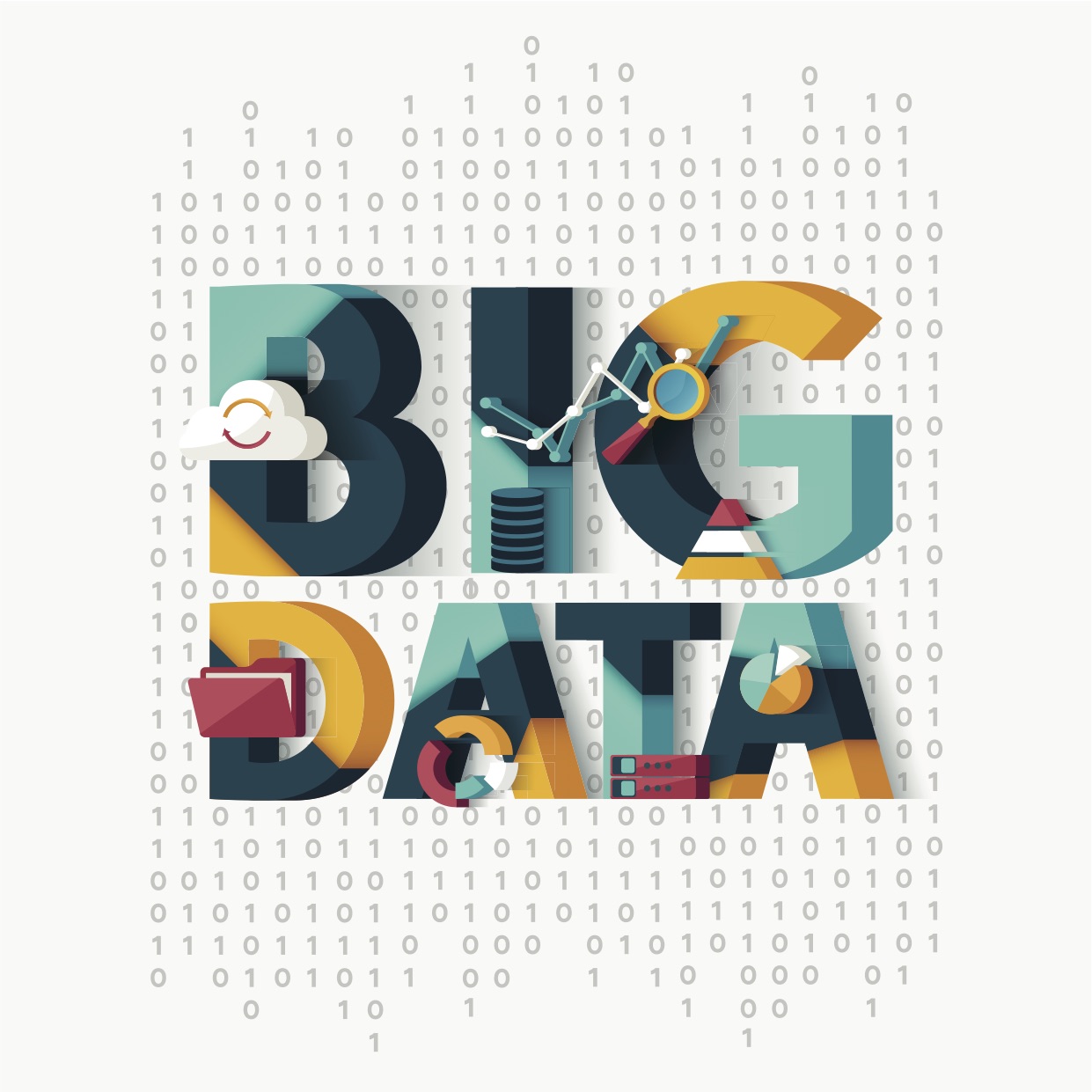
Every semester, I give a guest lecture on big data in advertising and public relations principles classes. In a span of 50 minutes, I try to help our students have a clear understanding of the definitions, characteristics, examples, uses, and caveats of big data. This is an extremely important topic because big data has become an everyday concept among professionals, yet only half of those professionals worldwide report that their organizations have taken big data-related actions (eMarketer, May 10, 2016).
Here are a few key takeaways from my lecture:
-
Big data is not new, but how we use it is new. Data analysts have always worked with massive amounts of information. What sets the age of big data apart from the previous era is our ability to collect, analyze, and derive insights from data almost instantaneously. With the growth of computing power and educational opportunities in coding, statistics, and visualization, it has become easier and more accessible for marketers to use the knowledge and tools to extract insights about their consumers and make strategic decisions from big data sources.
-
It is not the end of small data, but the marriage of big and small data. Big data itself only provides half of the story. Big data, in most cases, are behavioral data – whether it be chats or tweets in social media, transactional data, clickstream data, time and location data, or responses to promotions. All of these concerns how your consumers behave. Of course, humans are habitual animals, and understanding consumers’ past and current behaviors is the best predictor of their future behaviors. However, without understanding why they behave in a certain way, there is no way we can predict the creation and/or destruction of habits. Small data – data which we can obtain from traditional research methods such as interviews, surveys, or experiments – explain the "whys" of human behaviors. This means that marketers should be able to understand and synthesize lessons from both big and small data.
- Start with a good question, not from data but from critical analysis. Big data, in the end, is just data, or pieces of information waiting to be analyzed by data experts. Big data is not inherently good, useful, or valuable without a good question. A good question gives is a guide regarding how we are to analyze information and interpret the findings. Analysts create a story out from the numbers they see. Doug Jensen, Vice President of CRM and Corporate Marketing Analytics for Estée Lauder Companies, Inc. and one of our own (a Greenlee alum), who was featured in the LAS Alumni Magazine in 2016, said the following: "To be a good journalist, you have to be a good listener. You have to take good notes. You have to probe further with good questions. I finally could use both my skill sets and ask the client question after question." (Maifeld, "The beauty of big data," 2016).
In conclusion, I emphasize to our students that they are in the right place at the right time. At Greenlee, they learn how to ask good questions. The faculty teach them to be critical thinkers in journalism, advertising, and public relations. Campus-wide, there are courses offered to help familiarize them with analytic skills necessary to tackle big data. Upon graduation, they will have ample opportunities to work with industry professionals whose expertise lies in the use of small (and/or big) data in strategic decision-making. As a scholar and educator of big data in strategic communication, I say this is an exciting moment for us all.
Su Jung Kim, Ph.D., Assistant Professor, Greenlee School of Journalism and Communication